The Mozambique harbour town of Beira is suffering from the consequences of climate change. When there are heavy rains, and at high tide, seawater is pushed into the Chiveve River, and the river banks get flooded. Since December 2016 a barrage protects the city centre of Beira from sustained flooding.
Coast protection
How the barrage improves the living conditions of the people in the city centre of Beira (KfW Group/photothek). This video is only available in German.
Beira is an important port on the coast of Mozambique. Large areas of the town with 500,000 inhabitants are currently barely above sea level. The course of the river, which flows through the city, has long been neglected.
A bridge collapsed in the estuary area decades ago. Its ruins blocked the path to the sea, the river silted up visibly and was no longer able to drain the hinterland.
The resulting alluvial deposits became a dumping ground for waste, while the pools of water promoted the proliferation of mosquitos that carry malaria. At particularly high tides accompanied by heavy rains, the Chiveve River burst its banks and flooded large areas of the city and those settlements occupied by its poorest inhabitants.
Current development
In March 2019, Cyclone Idai devastated large parts of the Mozambican provinces of Sofala and Manica as well as parts of Malawi and Zimbabwe. In this situation, the tidal barrage in Beira financed by KfW prevented more serious flood damage. Thanks to the dam completed in December 2016, the dammed water was able to drain quickly and the city centre was protected from prolonged flooding. Federal Minister Gerd Müller meanwhile announced that German development cooperation would support reconstruction in the affected countries with a total of 50 million euros in the coming years.
All that is changing now: a barrage will protect Beira from flooding in the future, a practice that is frequently applied on the coast of northern Germany, too. KfW has financed the construction of the barrage on behalf of the Federal Ministry for Economic Cooperation and Development (BMZ) since 2015 with a financial contribution of EUR 13 million. The gates of the barrage can be manually closed in a timely manner when heavy rainfall inland or particularly high tides are reported.
The Indian Ocean on the coast of Mozambique has a tidal range of up to seven meters. Thanks to climate change, both rainfall and periods of drought in the Southern African country are on the rise, making it increasingly important and urgent to protect Beira from the elements.
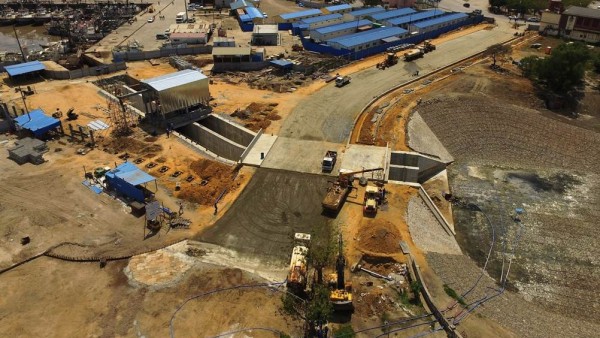
ALL GATES CLOSED
In future, the gates of the barrage will be closed in the event of flooding.
This measure is embedded in a comprehensive plan for the renaturation and improvement of the river’s course in urban areas: the Chiveve River, which resembled more of a narrow ditch than a river in recent years, will be dredged, as will the port of Beira. This will benefit both fishermen and traders. As part of the renaturation of the river course, a local non-governmental organisation in cooperation with KfW will take over reforestation with mangroves along the river banks.
“The river will be able to breathe freely again,” explains Pascale Magin, who is responsible for Mozambique at KfW Development Bank. Fixed stands will be set up for the market alongside the river, replacing the formerly makeshift constructions. Parks will be created along the river banks and a waste disposal concept will be developed together with the municipality of Beira. This should make uncontrolled accumulations of rubbish a thing of the past.
Source
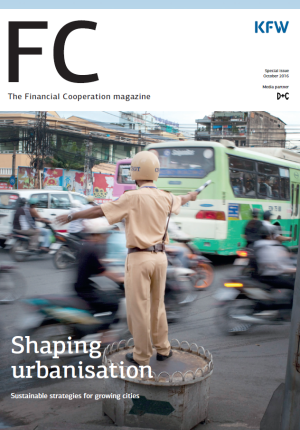
This article was published in “FC – The Financial Cooperation magazine” 2016.
To English editionFlooding mainly used to affect very poor areas of the city. The construction of the barrage and the betterment of the river course will particularly benefit the poorer segments of the population and the economic development of the city centre.
Published on KfW Stories: Thursday, 27 April 2017
The described project contributes to the following United Nationsʼ Sustainable Development Goals
Goal 11: Make cities inclusive, safe, resilient and sustainable
As things stand, half of the worldʼs population already lives in cities. Yet cities fuel global warming. They are responsible for 70 per cent of energy consumption and energy-related greenhouse gas emissions. Heavy traffic, intense construction activity with a massive urban sprawl, high energy requirements and enormous amounts of waste and wastewater – all of these things come together in cities. However, the density of cities makes them the ideal starting point for combating climate change. This is because they can protect resources on a large scale and act as a sustainability template, for example, by using space-saving and compact urban structures, low-emission traffic systems, energy-efficient buildings and regulated waste disposal.
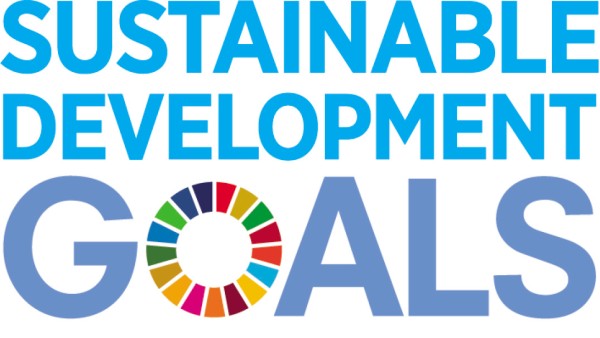
All United Nations member states adopted the 2030 Agenda in 2015. At its heart is a list of 17 goals for sustainable development, known as the Sustainable Development Goals (SDGs). Our world should become a place where people are able to live in peace with each other in ways that are ecologically compatible, socially just, and economically effective.

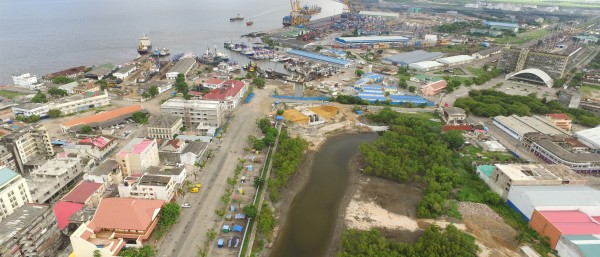
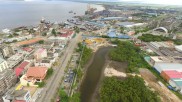
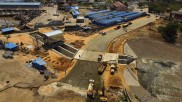
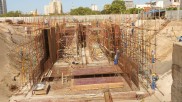
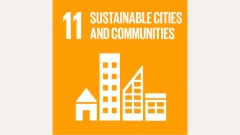
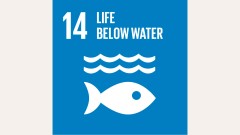

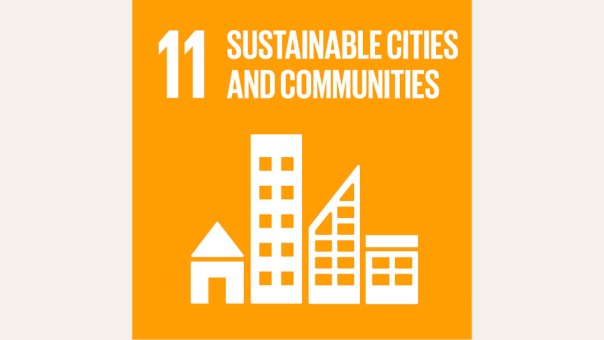
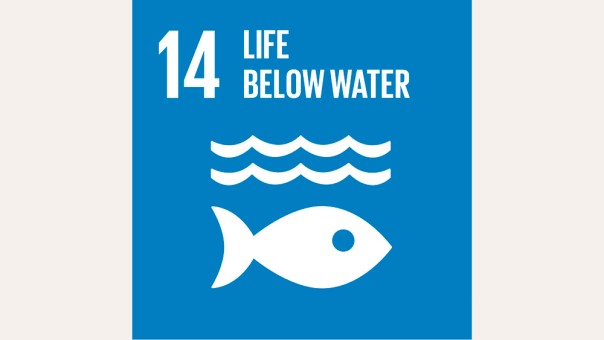

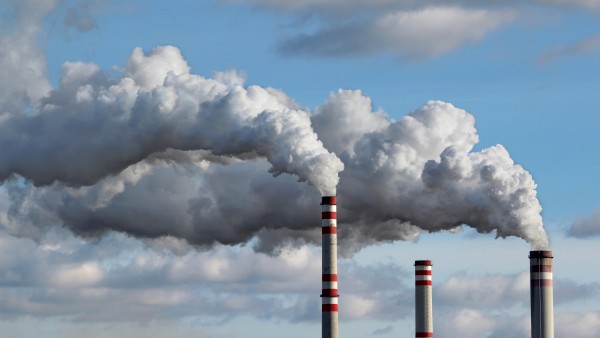
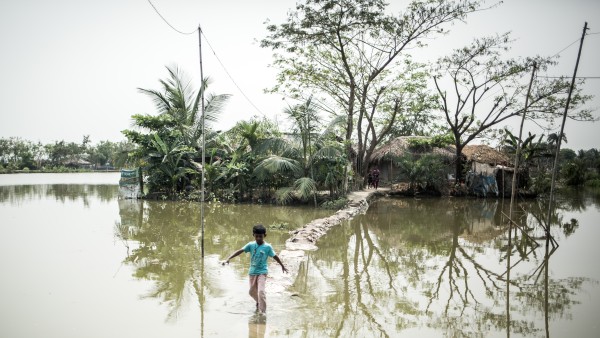
Data protection principles
If you click on one of the following icons, your data will be sent to the corresponding social network.
Privacy information